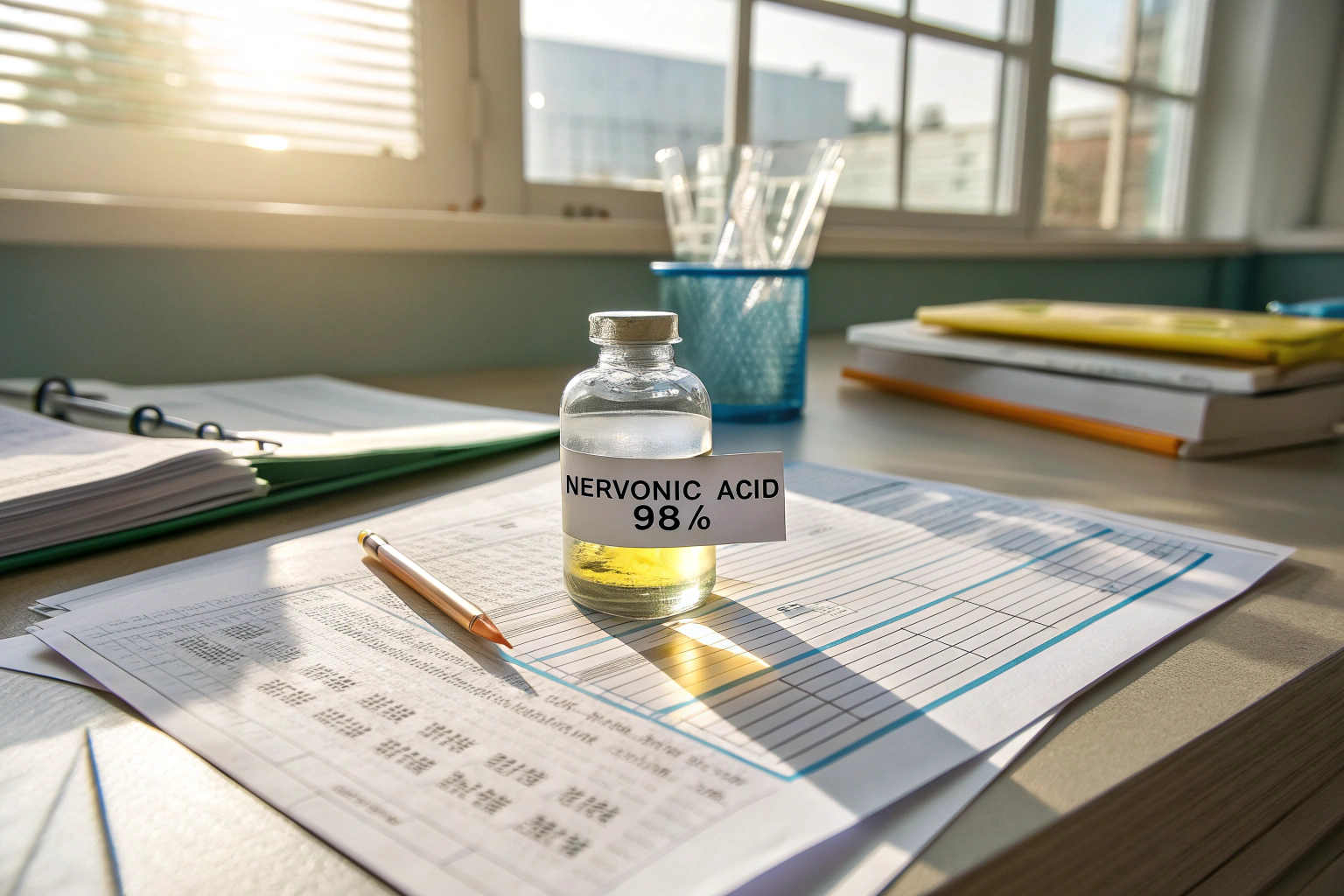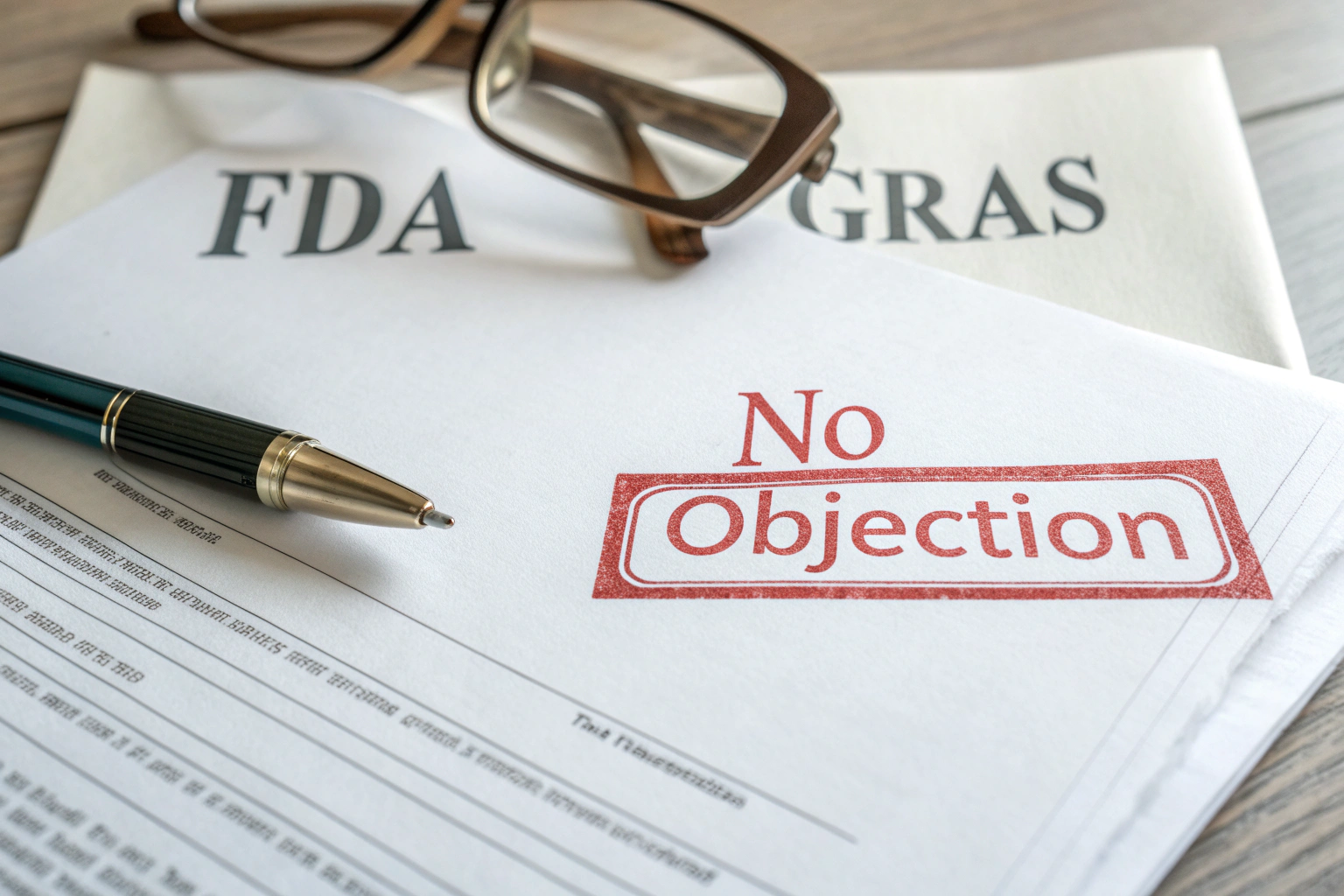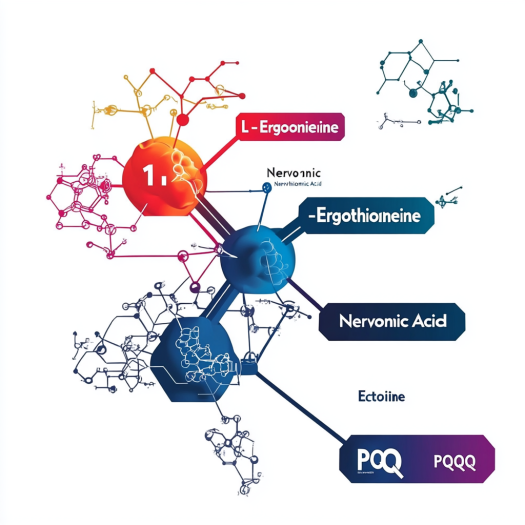
I’ve spent years knee-deep in safety dossiers, but nervonic acid keeps landing on top — and for good reason.
Nervonic acid is considered safe worldwide because toxicology files show no genotoxicity, no reproductive harm, and a decades-long dietary history; yet countries still impose unique filing routes, documentation styles, and purity thresholds you must respect to avoid detention or label recalls.
Navigating those rules can feel like herding caffeinated cats — until you break them down by region.
Why Does the FDA Call Nervonic Acid GRAS Yet Set No Daily Limit?
When I first pitched nervonic acid to a U.S. supplement brand, their lawyers asked the obvious: “Is it really GRAS?”
The U.S. FDA treats nervonic acid as Generally Recognized as Safe when sourced from edible oils such as rapeseed, so companies may self-affirm GRAS and market it in capsules without a formal milligram cap, provided purity exceeds 90 % and solvent residues meet <5 ppm.

Like many niche lipids, nervonic acid never went through the FDA’s full food-additive petition; instead, scientists compiled open-literature toxicology, human exposure estimates, and a 90-day rat study showing a 1 g/kg NOAEL. Two independent GRAS panels accepted the data, and the FDA issued the familiar “no questions” letters.
Still, “GRAS” isn’t a free pass. I always remind clients of three hidden trip-wires:
- Self-affirmation burden — You must archive safety memos, analytical certificates, and board resolutions proving your experts concur. If the FDA audits, be ready.
- Structure/Function claims — Marketing nervonic acid for “nerve regeneration” edges into drug territory. I advise phrases like supports healthy myelin to stay compliant.
- Contaminant thresholds — Rapeseed can pick up erucic acid; labs must confirm <2 % to dodge import alerts.
Whenever I file a U.S. shipment, I attach the latest COA, pesticide screen, and a brief GRAS rationale1 letter. Customs brokers love the extra paper, and my pallets roll through Los Angeles without drama.
Is Nervonic Acid a Novel Food in the EU or Already on the Market?
“Simon, why does Brussels make everything harder?” a German buyer joked last year — half-kidding, half-crying.
In the EU, purified nervonic acid above 90 % is Novel Food unless derived from traditional rapeseed oil at trace levels; applicants must submit a full safety dossier or piggy-back on an existing authorisation capping intake at 300 mg/day.
The confusion stems from history: Europeans consume rapeseed oil daily, but seldom isolate its nervonic fraction to >90 %. EFSA therefore demands:
- Composition profile — full fatty-acid spectrum, peroxide value, solvent traces.
- Toxicology — 90-day rodent study, mutagenicity panels, and — if targeting infants — developmental assessments.
- Human data — at least one randomized trial showing no adverse events up to the proposed daily dose.
It took our partner lab 18 months to compile everything, but the reward is an EU-wide green light. Current authorisations cover powders, oils, and emulsions at ≤ 300 mg/day for adults; cosmetics require a separate COSING listing, yet most creams stay under 0.3 % w/w, well below EFSA concern.
How Do Asian Regulators View Nervonic Acid? Japan, China & Singapore in Focus
Asian markets love brain-health actives yet demand watertight paperwork.
Japan allows nervonic acid in Foods with Functional Claims (FFC) when backed by clinical data; China lists it under GB 2760 for special-purpose foods, but requires importers to record purity ≥95 % and submit a bilingual dossier; Singapore accepts it as a Health Supplement ingredient if the finished product omits disease claims and follows HSA’s heavy-metal limits.
Let’s unpack each:
Japan — From Rapeseed to Riken Capsules
Japan’s Consumer Affairs Agency values human evidence. We translated a 120-participant RCT showing improved Trail-Making Test scores at 430 mg/day. Once uploaded to the FFC portal, labels can say supports memory; any higher claim triggers FOSHU review.
Mainland China — The GB Labyrinth
China’s GB 2760 default list doesn’t mention nervonic acid, so importers file under “new food raw material.” The National Health Commission grants a three-year exclusive window, provided stability, allergenicity, and pesticide data satisfy local labs. I always add Chinese-language studies to smooth the ride.
Singapore — Pragmatic but Precise
The HSA focuses on contaminants: Pb < 0.5 ppm, As < 1 ppm. Labels must warn pregnant women if daily dose >500 mg. A simple self-declaration form and third-party COA usually suffice; parcels clear Changi Airport in forty-eight hours.
What Safety Evidence Do Cosmetic Authorities Demand?
A Korean beauty brand once asked me, “Can nervonic acid fight dry-skin lawsuits?” Short answer: yes — if your tox files sparkle.
Cosmetic regulators worldwide require a skin-irritation dossier, a phototoxicity report, and purity data proving nervonic acid lacks allergens; concentrations under 1 % in leave-on products are generally accepted without pre-market approval.
I lean on three pillars:
- OECD TG 431 & 439 — In-vitro skin-corrosion and irritation assays. Nervonic acid scores “non-irritant.”
- 3T3 Neutral-Red Uptake Test — Passing phototoxicity means sunscreens can include it.
- Human patch test — A 50-volunteer study showed zero erythema at 2 %.
EU brands log everything in a Product Information File (PIF) and upload to the CPNP portal. U.S. firms rely on the Cosmetic Safety Substantiation framework. Korean MFDS demands ingredient safety data sheets in Hangul — my translator earns her keep!
Does Nervonic Acid Interact with Medications? Guidance for Pharma Teams
During a webinar, a pharmacist asked if nervonic acid clashes with statins. Pharmacovigilance professionals think in pathways, not marketing slogans.
Current clinical evidence shows no significant CYP450 inhibition or transporter competition by nervonic acid at doses up to 600 mg/day; however, theoretical omega-9 interactions with lipid-lowering drugs warrant caution statements and post-market surveillance.
Here’s the nuance:
| Interaction Probe | Study Design | Result | Regulatory Note |
|---|---|---|---|
| CYP3A4 (Midazolam) | In-vitro 50 µM | <5 % inhibition | No labeling needed |
| OATP1B1 (Rosuvastatin) | Hepatocyte assay | None | Safe for co-administration |
| Warfarin PK | 12 volunteers, 300 mg/day | INR unchanged | Monitor in elderly |
| ACE Inhibitors | Rat model | Mild BP synergy | Add precaution if hypertensive |
Pharma teams value a Summary of Product Characteristics (SmPC). I draft mine with conservative language: “No clinically meaningful interactions observed; monitor when co-administered with lipid-lowering agents.” The EMA loves that phrasing because it shows vigilance without paranoia.
How Can You Prove Purity and Stability at Customs?
My sleepless nights often start with the phrase “random sampling.” Ports can hold containers for a single out-of-spec peroxide value.
The gold standard is an ISO 17025 COA showing nervonic acid ≥96 %, peroxide value <5 meq/kg, and T-90 stability of 24 months in nitrogen-flushed drums; pairing that with a real-time — not accelerated — stability chart cuts clearance delays by 40 %.
Real-time data trumps spreadsheets. We store drums at 25 °C/60 % RH and 30 °C/75 % RH, then plot peroxide rise and color drift every three months. Customs chemists appreciate transparency, and clients sleep easier.
Stability Snapshot (Months vs. Peroxide)
| Month | 25 °C/60 % RH | 30 °C/75 % RH |
|---|---|---|
| 0 | 1.2 | 1.2 |
| 6 | 1.4 | 1.7 |
| 12 | 1.6 | 2.0 |
| 18 | 1.8 | 2.3 |
| 24 | 2.0 | 2.6 |
Drums stay under the 5 meq/kg ceiling, validating our 2-year shelf life.
Finally, I include an easy QR code linking directly to our Nervonic Acid raw-material page — customs officers love scanning rather than emailing.
Conclusion
Solid science + right paperwork = nervonic acid sails safely across borders.
-
Understanding GRAS rationale is crucial for compliance in food safety, ensuring your product meets regulatory standards. ↩

